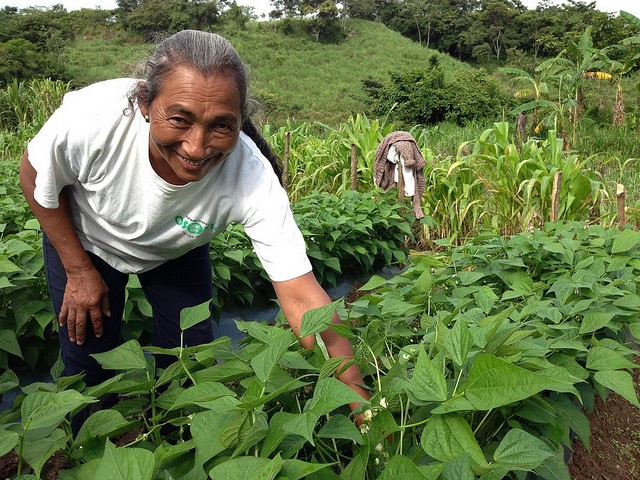Here’s a visual glimpse into Honduras’s agricultural landscape—from lush coffee plantations to the challenges of the dry corridor—capturing both its richness and the issues facing farmers.
Snapshot of Agriculture in Honduras
1. Economic Significance
- Agriculture remains a backbone of the Honduran economy:
- It accounted for about 11.2% of GDP in 2024, down from historical averages of around 22%
- With broader inclusion of processing and related activities, the sector contributes nearly 40% of GDP
- In terms of employment, around 22–24% of Hondurans work directly in agriculture as of 2023
2. Key Crops & Products
- Major agricultural outputs include:
- Coffee, accounting for roughly 26% of agri-value and nearly 30% of agricultural GDP
- Beef and dairy products: 19% of agri-value
- Bananas: about 7% of agri-value; Honduras is among the top global exporters
- Other significant outputs (2018 data):
- Sugar cane: ~5.5 million tonnes
- Palm oil: ~2.5 million tonnes
- Maize: 704,000 t | Coffee: 481,000 t
- Bananas: 771,000 t | Beans, Oranges, Melons, Pineapples also contribute
- Important export mix (as of FAO analysis):
- Coffee (47%), Shrimp (21%), Bananas (11%), Melon (7%), Lobster (6%), Pineapple (3%)
3. Coffee: A Leading Export
- Honduras is Central America’s leading coffee producer, often outperforming rivals in export volume and value
- 2024/25 projections expect coffee exports to grow by ~14.5%, reaching 5.37 million 60 kg bags despite EU deforestation regulations
- 2024/25 early season (Oct–Feb) earned $355 million from coffee exports—a 74% increase over the same period last harvest—driven by higher prices and volumes
4. Challenges & Climate Impact
- The sector is highly vulnerable to climate-related risks:
- Hurricanes Eta and Iota destroyed approximately 75% of crops in 2020, heavily impacting smallholder farmers
- Honduras is one of the most climate-vulnerable countries globally, facing frequent droughts, erratic rainfall, pests, soil erosion, and declining arable land
- The Dry Corridor region faces severe drought, undermining subsistence farming and prompting migration
- Expansion of shrimp farming has led to mangrove destruction, harming local ecosystems and fishing livelihoods
5. Smallholders & Modernization
- Agriculture is dominated by small-scale farmers, many with less than one hectare. These families often rely on basic grains (corn, beans, rice, plantains)
- Export crops like coffee, bananas, and melons generate significantly more income and employment per hectare compared to staple grains
- Government and NGO programs are investing in training, infrastructure, and diversification toward fruits and vegetables to boost resilience and income



